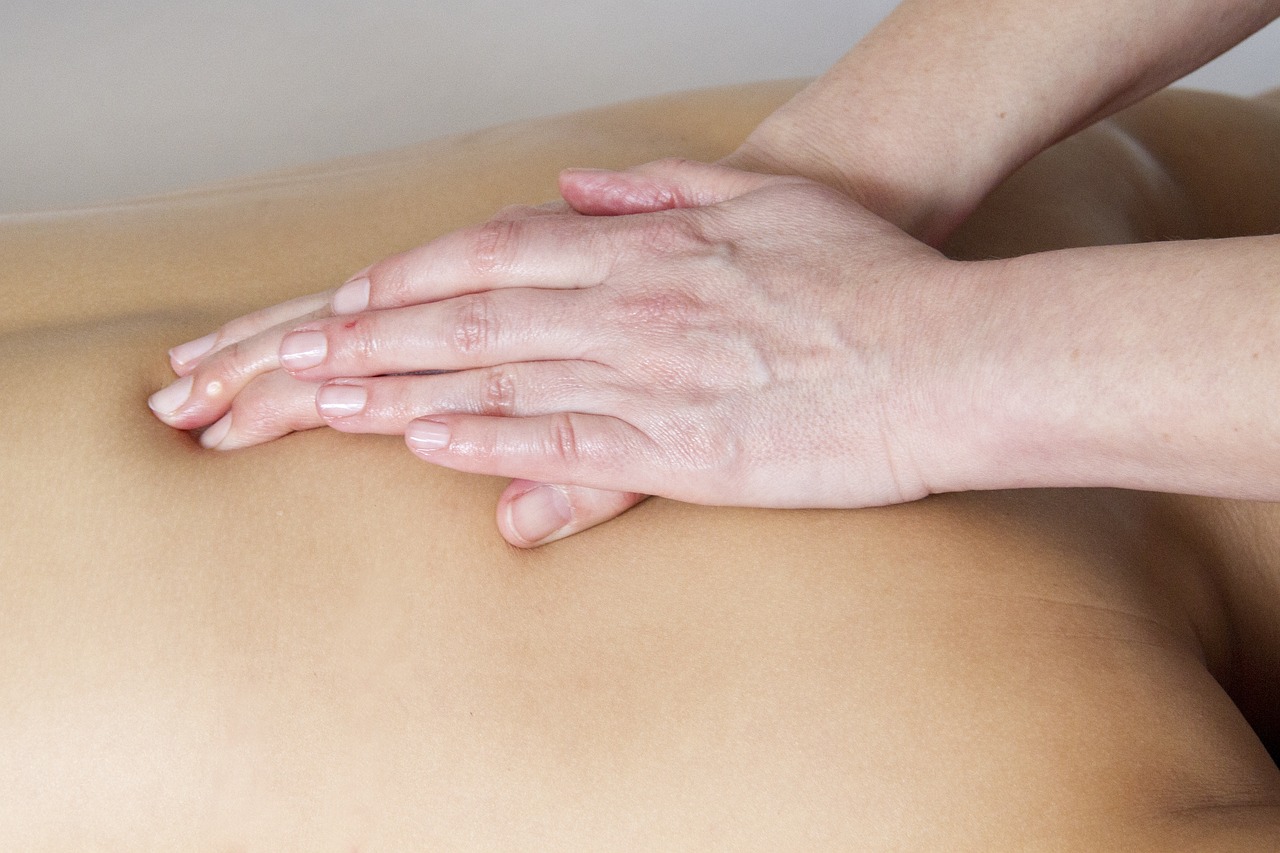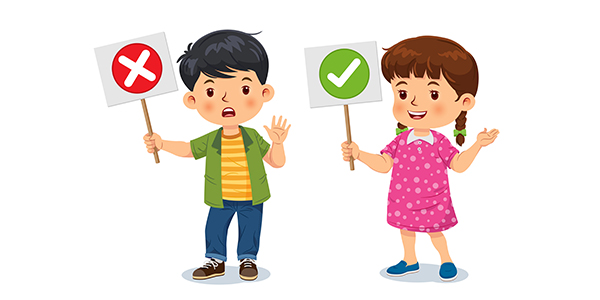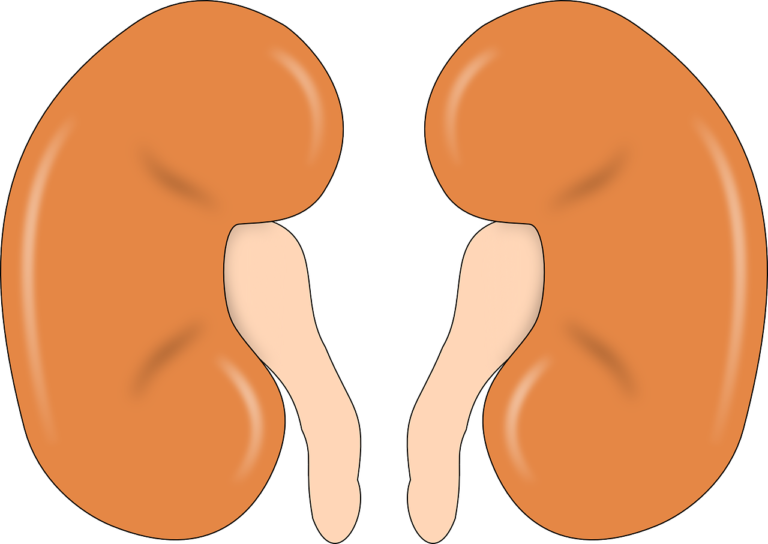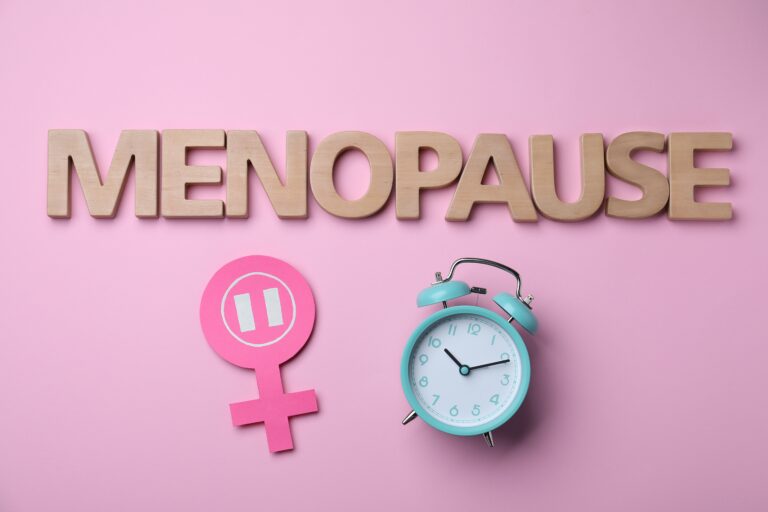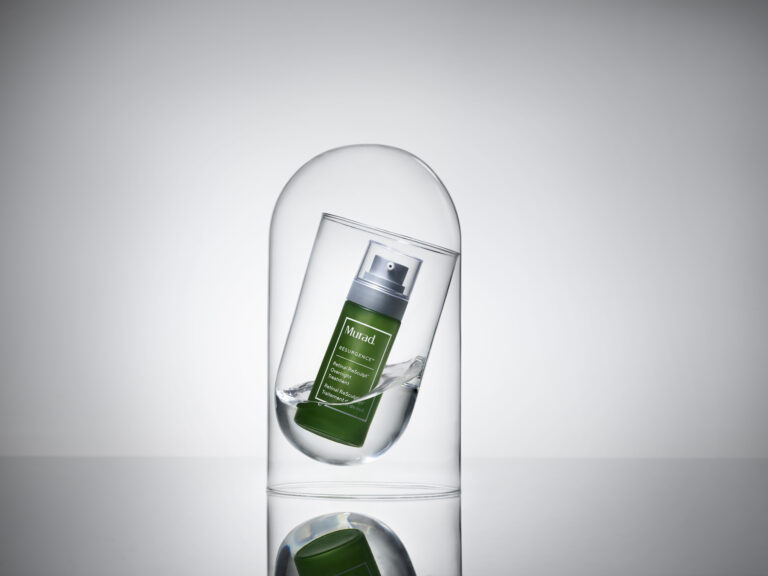Are Massages Really That Effective?
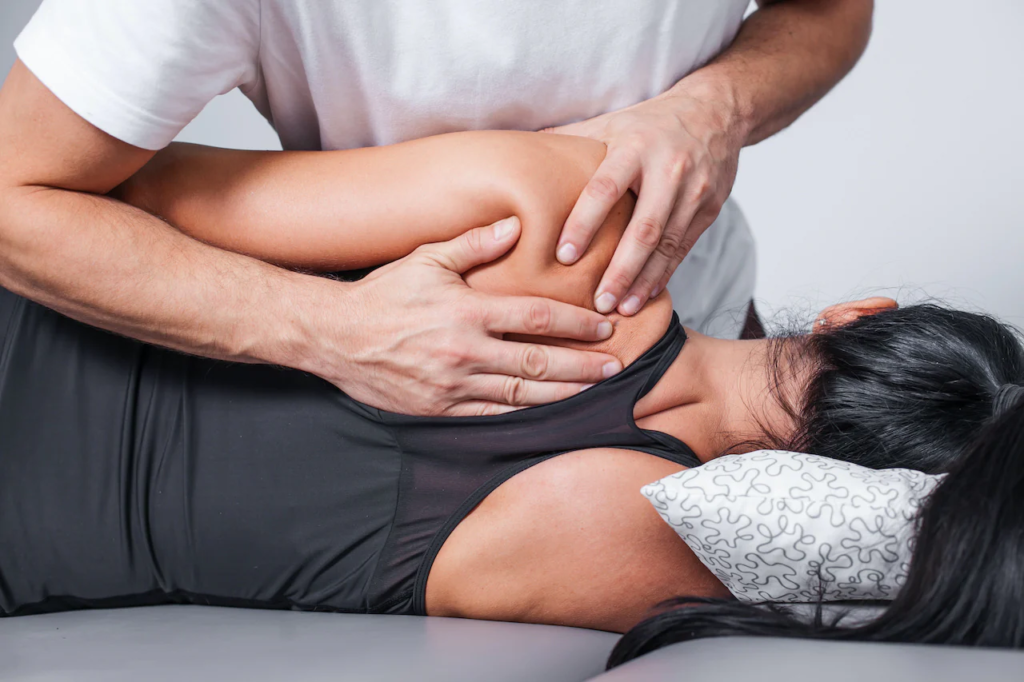
Massaging is the technique of kneading or manipulating a person’s muscles and other soft tissue to promote their health and well-being. As part of this manual treatment, the muscles, tendons, ligaments and fascia are gripped, manipulated, and pressured.
Going for a massage is one of the earliest known therapeutic practices to heal various health issues. It was popular in many ancient cultures such as the Greeks, Egyptians, Chinese, and Indians.
On the bright side, over the past few months, I have bumped into a few blind masseurs from Malaysian Blind Association at some of our health events. There are 10 of them working per time and they provide 10 minutes of massage per person. The massage session makes me feel relaxed and I feel as if a burden is lifted off my shoulders. I look forward to get these massages and reap the benefits of getting them.

Some of the benefits of such massages are:
1. Allows the body to relax

When the body relaxes, the heart and breathing rate slows down, blood pressure drops, production of stress hormones decreases and muscles relax. Also, the level of serotonin increases. Serotonin is a chemical in the body that positively affects emotions and thoughts.
When stress is reduced and the body feels relaxed, issues associated to hypertension, cardiac arrhythmias, anxiety, insomnia, persistent fatigue, sexual dysfunction, digestive disorders, and psychological issues are indirectly reduced.
2. Improving Circulation
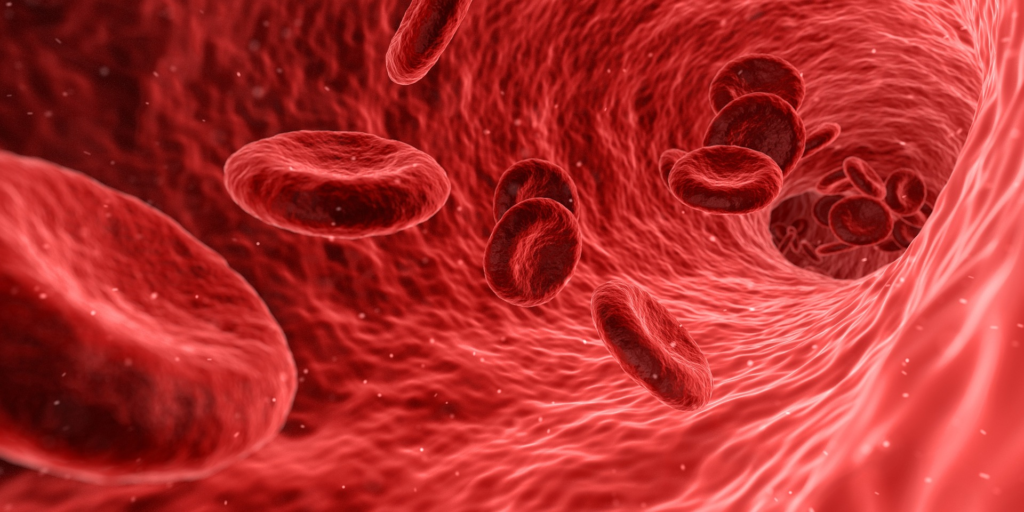
Physical manipulation of soft tissues during massage helps to improve blood and lymph circulation.
Improved circulation can enhance the delivery of oxygen and nutrients to muscle cells. As cellular health improves, tissues function more efficiently and organ functions more optimally.
3. Relaxing Tissue

Massage therapy relaxes muscle tissues which reduces painful contractions, spasms and nerve compression.
To understand this concept, when muscles are contracted, they sometimes compress the nerves around them. When these muscles are relaxed, the nerves are no longer compressed and can get proper nutrients and operate more efficiently. The nerves can assume their normal work of transmitting messages to and from the brain, which improves functioning of the muscles and organs.
Organs can also benefit from massage, as they share neurological pain pathways with muscles, bones, and nerves. When muscles, bones, or nerves are distressed, organs can sometimes reflect distress and dysfunction. For example, low back pain can intensify menstrual cramps and menstrual cramps can cause low back muscles to tense. Massage can therefore improve symptoms associated with the functioning of both the organ and the muscles.
All in all, massage is often regarded as an element of integrative medicine. It is given alongside conventional therapy for many medical illnesses and circumstances. Such therapeutic massage increases muscle blood flow and warmth, boosts performance, reduces cell adhesion, increases muscular flexibility and reduces injury risk.
Reference:
1. News Medical Life Sciences. The Health Benefits of Massage.

